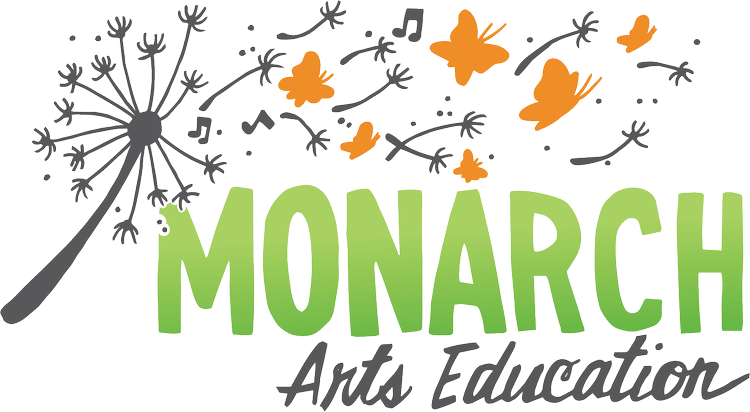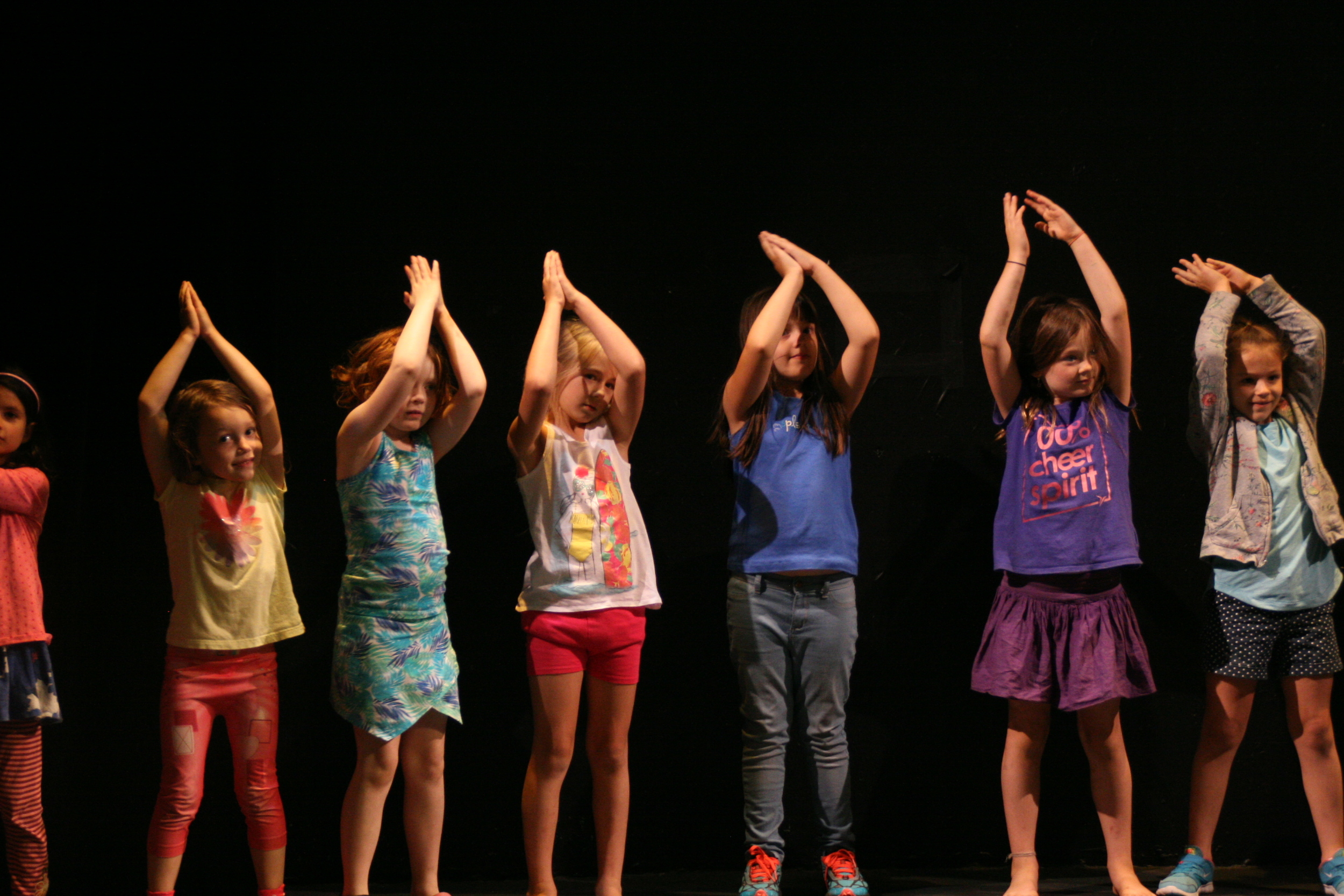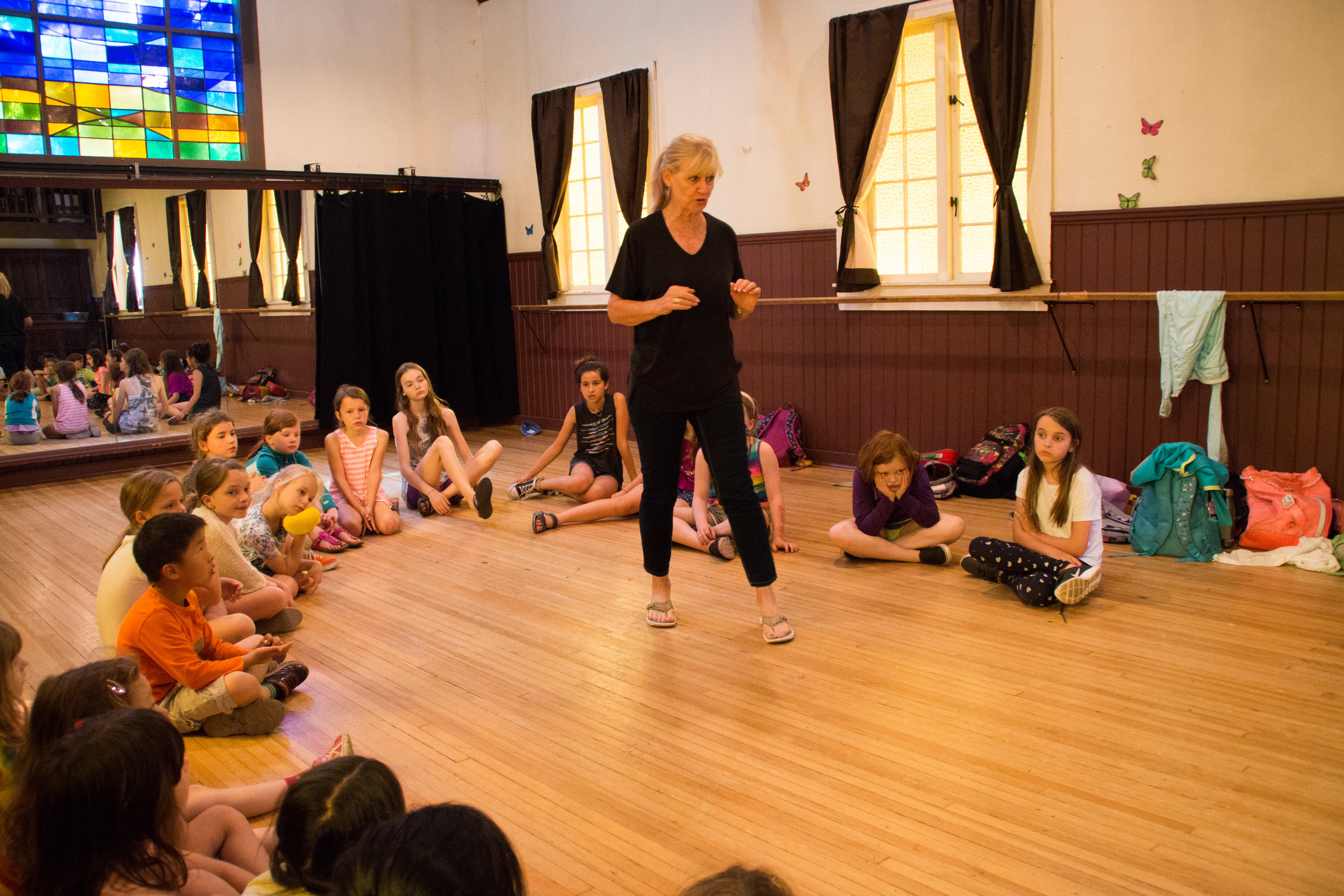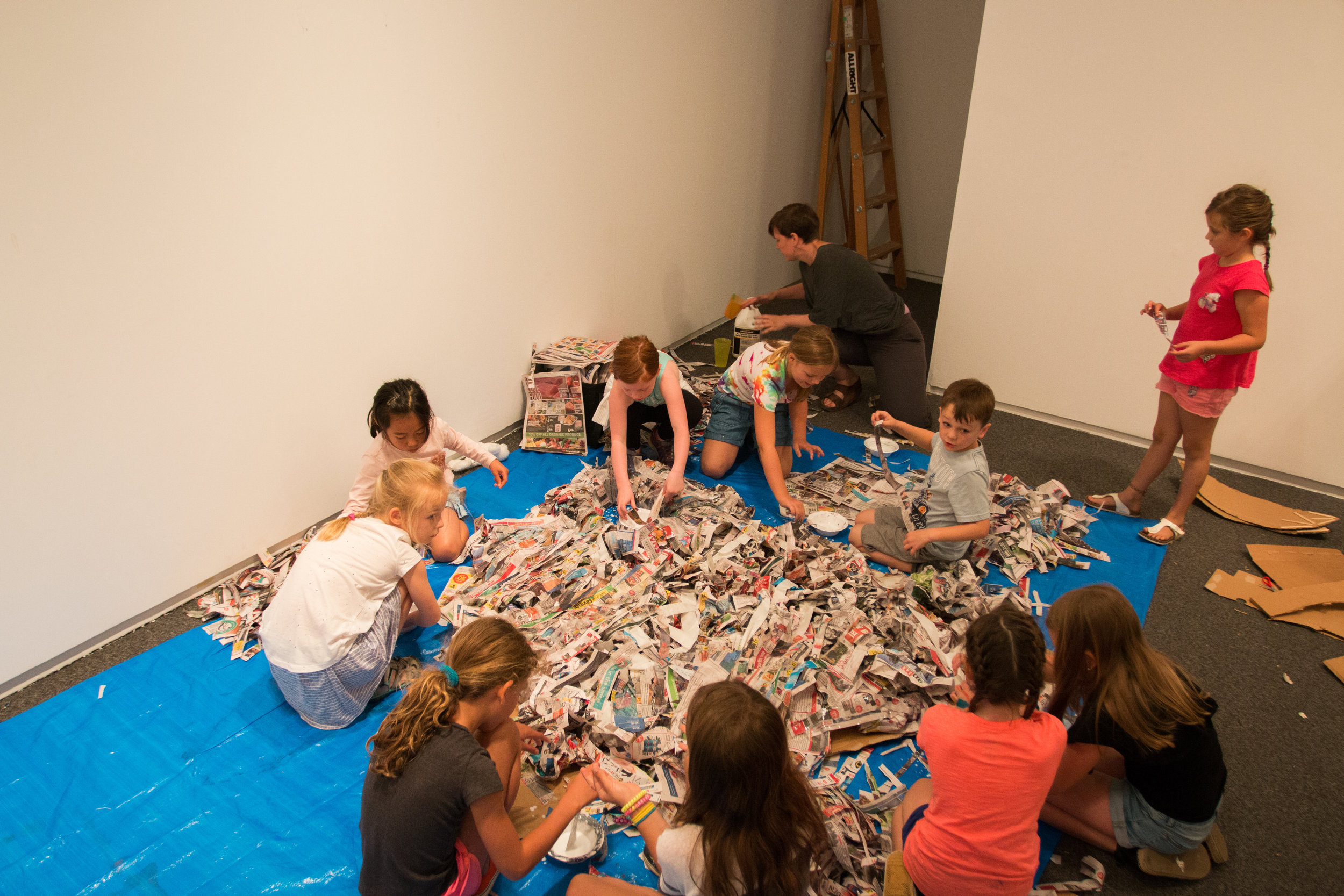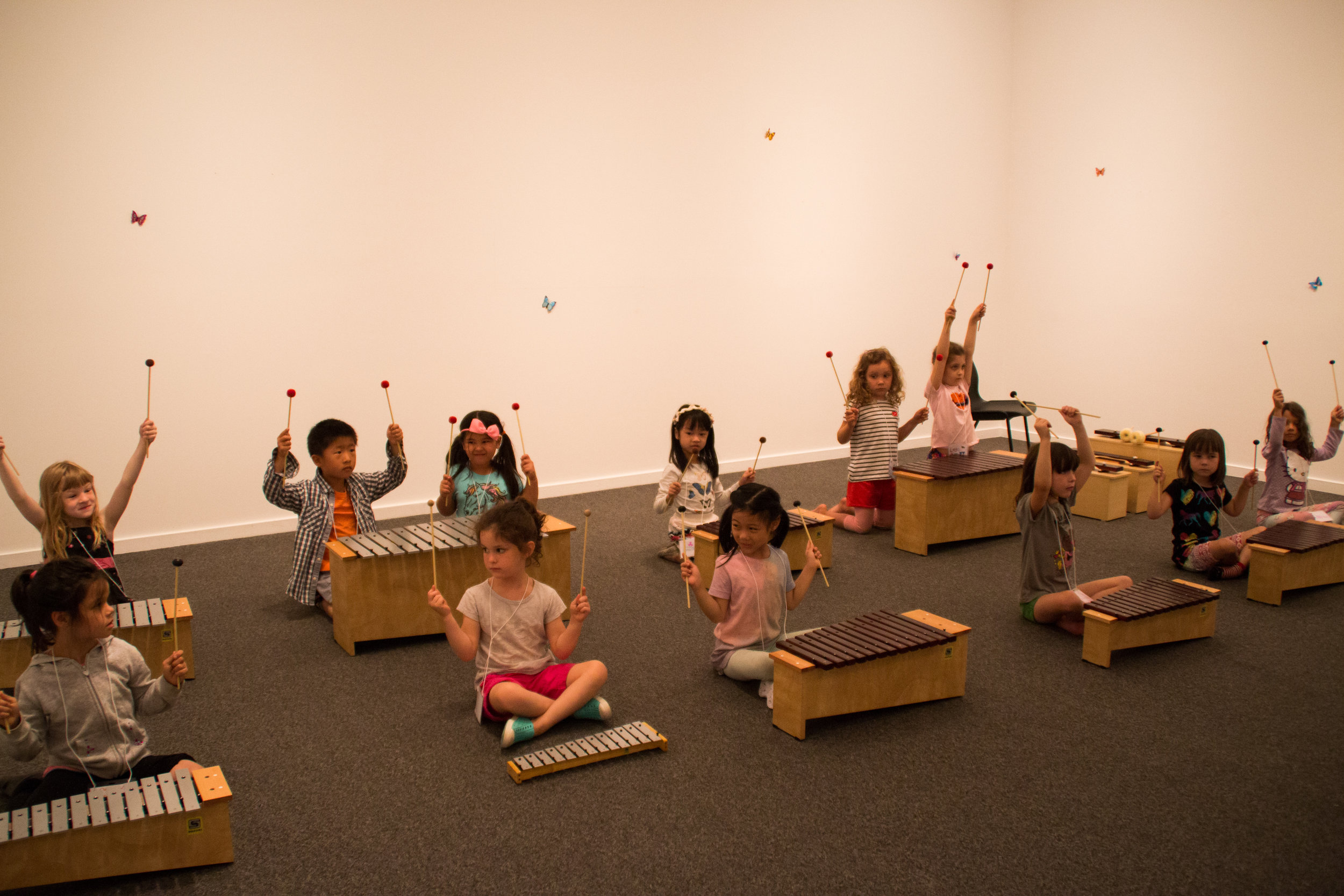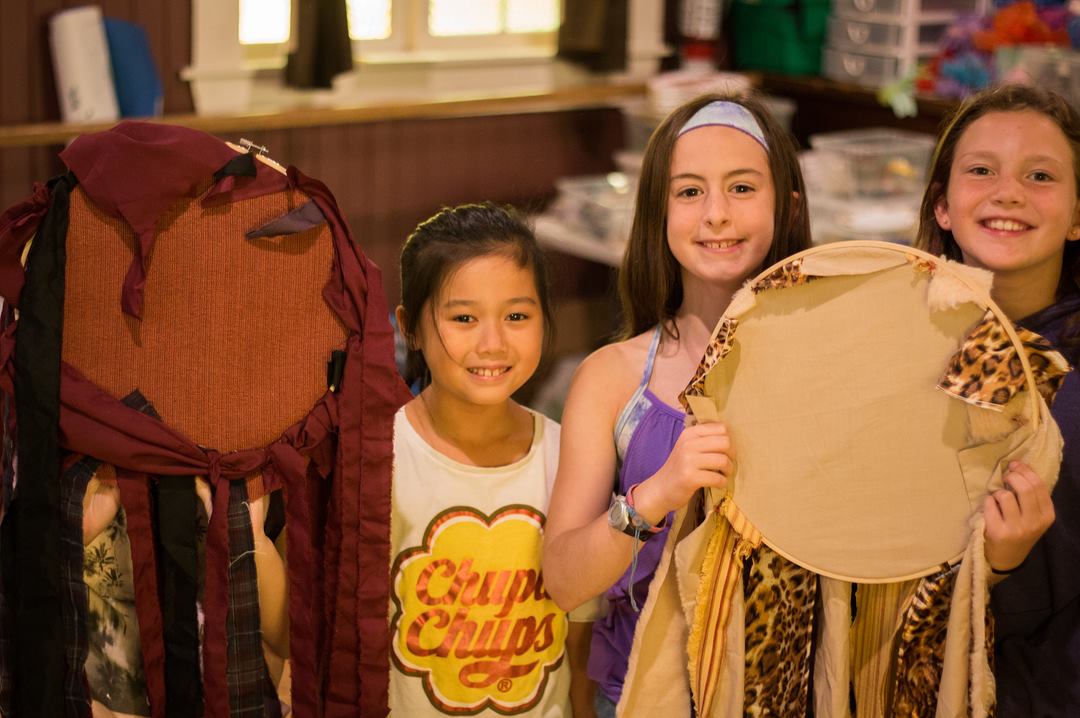Our Programs
Monarch's summer camp works towards a collaboration between the music, dance, art and theatre classes culminating in final performances.
Music Program
Campers will:
discover and develop their singing voice through rounds, solo and part singing;
play unpitched percussion and Orff instruments to develop ensemble performance skills;
improvise simple melodies and rhythms;
play musical games.
Dance Program
Campers will:
understand the why and how of "warming up", building strength, flexibility and cardiovascular fitness;
experience the elements of creative dance through games and improvisation to develop confidence and creativity;
be involved in the creative process of choreography and integrating props such as scarves, balls, parachutes, hula hoops, umbrellas and wands (to name a few) into our creations;
discover the various rhythms of dance through movement explorations to help students develop, appreciate and explore the relationship between music and dance.
Art Program
Campers will:
use materials such as paint, pencils, crayons, fabric, modelling clay, paper mache, and found objects to create a variety of images;
use processes such as painting, drawing, weaving, collage, printmaking, and assemblage to create a variety of images;
collaborate with other campers to create murals;
build and decorate percussion instruments,and
design sets for the camp show.
Theatre Program
Campers will:
use movement elements and their bodies to explore ideas and feelings (e.g., weariness, joy), demonstrating characteristics such as: heaviness and lightness, large and small movements and body shapes, quick and slow movements, gestures;
individually and in groups, create tableaux to represent ideas and feelings (e.g., playing happily at a park, sneaking past the giant);
participate in choral speaking (e.g., echo reading) using a familiar short poem or nursery rhyme;
learn to project their voice while performing narration and dialogue;
use mime to depict an imaginary object (e.g., transform a scarf into a kite, a ball, fishing pole, snake, and a flying carpet).
